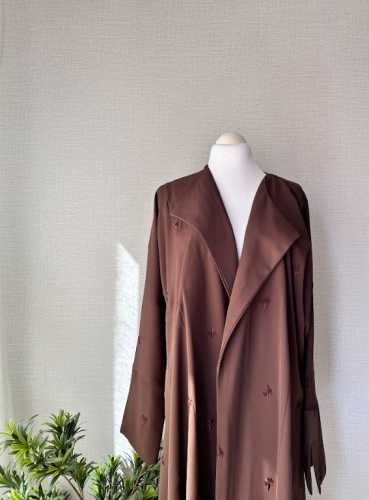
Beauty is a concept as old as humanity itself, yet its definition remains elusive and subjective. From the captivating allure of a sunset to the intricate patterns of a snowflake, beauty manifests in myriad forms, captivating our senses and stirring our emotions. It transcends cultural boundaries and defies precise categorization, making it a perpetual subject of fascination and contemplation.
At its core, beauty is a deeply personal experience, shaped by individual perceptions, values, and experiences. What one person finds beautiful, another may not, highlighting the inherent subjectivity of beauty. This subjectivity is perhaps best encapsulated in the adage, "beauty is in the eye of the beholder," acknowledging the diversity of perspectives that contribute to our collective understanding of beauty.
While beauty is often associated with aesthetics and visual appeal, its essence extends far beyond surface-level appearances. It encompasses qualities such as harmony, balance, and symmetry, which evoke a sense of pleasure and admiration. Whether found in the graceful curves of a sculpture or the melodious notes of a symphony, beauty resonates with our innate desire for order and coherence in the world around us.
Moreover, beauty possesses a transformative power, capable of uplifting spirits and inspiring creativity. Consider the profound impact of a breathtaking landscape or a stirring piece of artwork on our mood and mindset. Beauty has the remarkable ability to evoke emotions ranging from awe and wonder to tranquilly and joy, transcending language barriers to forge meaningful connections with others.
In addition to its emotional resonance, beauty plays a significant role in shaping societal norms and standards. Throughout history, various cultures have celebrated certain ideals of beauty, often reflecting prevailing social values and beliefs. From the statuesque figures of ancient Greek sculptures to the porcelain skin prized in East Asian cultures, beauty ideals evolve over time, reflecting changing attitudes and perspectives.
However, it is essential to recognize the inherent limitations and pitfalls of narrowly defined beauty standards. The relentless pursuit of physical perfection can foster feelings of inadequacy and insecurity, perpetuating unrealistic expectations and damaging self-esteem. Moreover, it can lead to harmful practices such as body shaming, discrimination, and the objectification of individuals based on their appearance.
In recent years, there has been a growing movement towards redefining beauty in more inclusive and holistic terms. Embracing diversity in all its forms, this shift seeks to celebrate the unique characteristics and experiences that make each person beautiful in their own right. By challenging traditional notions of beauty and promoting acceptance and self-love, this movement empowers individuals to embrace their authenticity and cultivate a deeper sense of worth beyond superficial standards.
Ultimately, beauty defies simple definition, encompassing a rich tapestry of experiences, perspectives, and emotions. It invites us to explore the world with open hearts and minds, seeking out moments of wonder and inspiration in the everyday. As we navigate the complexities of life, let us remember that true beauty lies not in perfection, but in the inherent uniqueness and diversity that enrich our shared human experience.